Wednesday, November 6, 2013
Friday, November 1, 2013
Landing procedure
A flying bird during a show in Vancouver, Grouse Mountain. Shot with the Nikon D4 with the 80-400VR AF-S lens, an excellent combo. Selected autofocus mode: continuous 21 points tracking.
Friday, October 18, 2013
Canadian Rockies Train
Among my favorite pictures from British Columbia, I love trains, took my D4 with the 28-300VR lens, carefully composed, and there we are, a nice postcard from Canada.
Sunday, May 5, 2013
Zeiss Ikon
My very first Zeiss product... while cleaning and sorting old stuff in my house, I found this old light meter, I used in the sixties when I learned photography from my father. He told me what an aperture, a shutter speed or depth of field were when I was a young kid and how to meter (my first cameras did not even have a built in meter). Studio photographers still use a modern equivalent like the one I describe in my wiki: http://www.techniphoto.com/wiki/index.php?title=Gossen_Digipro_F but most photographers don't know anymore what this is. Basically, you point it at the subject you want to shoot, you select the ISO sensitivity with one of the wheels, then you turn the other wheel to put the needle in the small circle. At that point you can read the aperture/shutter speed combination you'll need to take a properly exposed picture. This meter is from the legendary Zeiss manufacturer, top end German brand. They are still making among the best lenses in the world, but that's another story. The last time I used this was like 40 years ago !
Wednesday, February 20, 2013
Nikon One V2
An amazing new compact interchangeable lens camera, using the CX small format sensor. This version is a huge improvement compared to the previous generation: higher resolution (14MP), better high ISO performance (up to 6400), better controls (mode selector), built in flash and many others.
Recommended.
More details available in the photography wiki:
http://www.techniphoto.com/wiki/index.php?title=V2_Nikon
Recommended.
More details available in the photography wiki:
http://www.techniphoto.com/wiki/index.php?title=V2_Nikon
Sunday, September 9, 2012
World Record !
This is Merritt, just after his new 110m hurdles world record in Brussels during the Van Damme Memorial. This picture has been shot with a Nikon D800 and a Sigma 120-300mm 2.8 OS lens;
Sunday, August 26, 2012
Sky on fire
A panorama assembled with Hugins (a wonderful freeware) on an iMac. The picture consists of 8 35MP shots taken with a Nikon D800 with the recent 50 1.8 AFS G lens, resulting in a totally unnecessary 133MP full resolution picture. I just like the colors, this is a view from the restaurant terrace in my hotel during my recent holiday in the French Alps.
Sunday, May 6, 2012
Nikon D4: first impressions
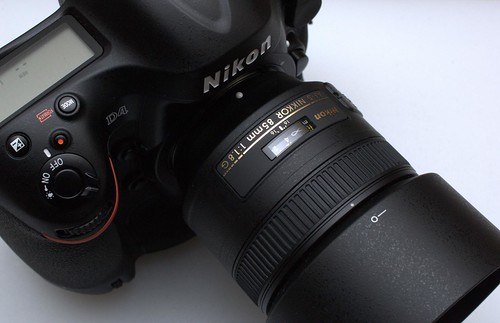
I posted my first impressions about the recent Nikon D4 professional camera on the photography wiki: more details here:
http://www.techniphoto.com/wiki/index.php?title=D4_Nikon
The short version: the D4 is not a revolution compared to the previous D3 generation, more of an evolution: almost everything is better but the D4 is not a real game changer to photographers unlike the D3.
*higher resolution
*improved AF (yes it is possible !)
*improved UI/handling
*improved ISO performance (vs D3, less impressive vs D3s)
*much better video specification than other Nikon cameras (couldn't check this YET)
As a conclusion: probably the best DSLR as of today for reporters, events and action photographers.
This new flagship is not without flaws, however: this is not really Nikon's problem, but because of the Japanese government, they had to introduce a new battery/power system, meaning a new charger, new batteries and a seriously decreased battery life -> you need more (expensive) spares. Another thing is the new XQD card format: as of today, only Sony can provide them, and the D4 is the one and only device in the world using them. This is seriously increasing the cost of ownership (readers, cards) and I am not convinced at all by the added value. The buffer is big enough, and the extra speed is not a real need for "normal" shooter. The last CF cards were fast enough, as far as I am concerned.
Final conclusion: highly recommended to recommended depending on the usage.
Sunday, April 29, 2012
XQD card format
A new incompatible card format, somewhere between SD and CF. The good news: very fast. The bad news: expensive, there is no need for this, only Sony supports it, and the Nikon D4 6000EUR camera is the only device to use it...
More info on the wiki: http://www.techniphoto.com/wiki/index.php?title=XQD
More info on the wiki: http://www.techniphoto.com/wiki/index.php?title=XQD
Sunday, April 22, 2012
iPad post prod
An old look given to a "normal" picture I took a few years ago in Scotland with a D3 with the Tamron 28-75mm 2.8 lens @75mm. This is an example of what can be easily achieved with simple tools on the iPad. The tools I have used are Snapseed, an excellent picture editing program for the iPad (there are now versions for "classical" computers), developed by Nik Software, a company known for their excellent post processing filters. I then added some scratches using another tool: Film Roll on the iPad again. Even if the possibilities are not on a par with what typical editing tools offer, the ease of use and the speed make those iPad apps very attractive to try out special effects.
Subscribe to:
Posts (Atom)
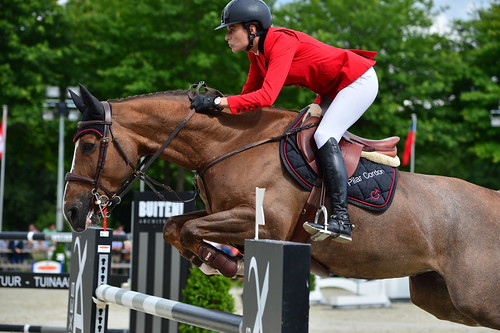
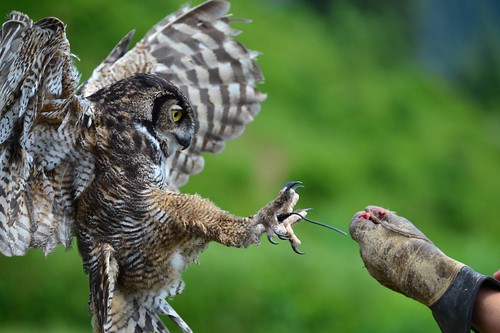
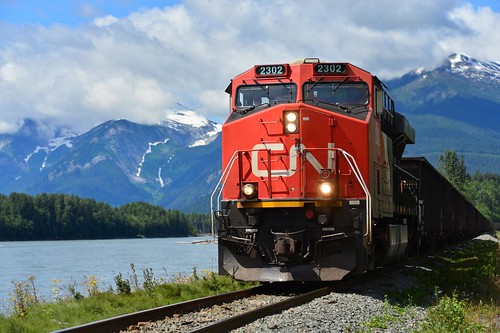

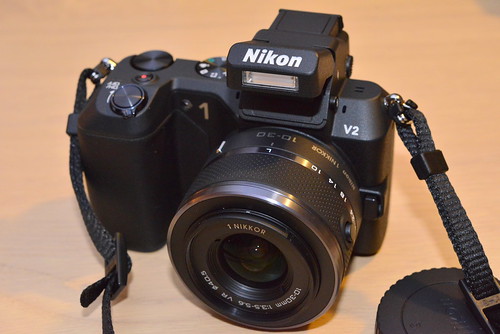

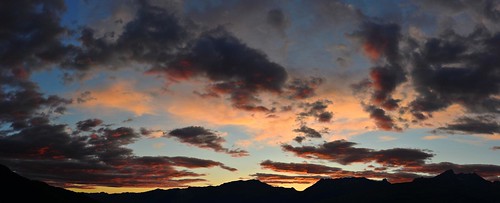

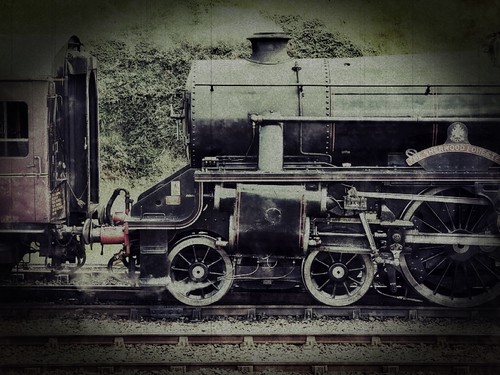
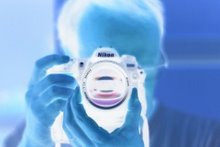
More details and examples in the wiki:
http://www.techniphoto.com/wiki/index.php?title=Show_Jumping_with_the_D4